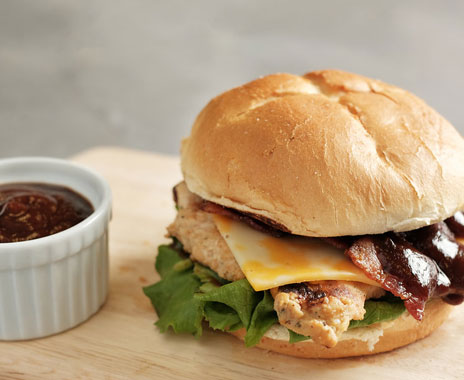One of the reasons quick-service restaurants have taken market share from full-serves can be credited to perception, according to two recent studies. The latest American Customer Satisfaction Index, released on Tuesday, says sit-down restaurants are reporting their worst grades in more than 10 years. Customer satisfaction fell 3.7 percent and fell below quick service for the first time in the report’s history.
There are several reasons for this but one is surely related to quality. Quick-serves have solidly shed the label of bad food, served fast. Given that the bar is now raised, consumers have to ask themselves, “What is the value equation of full service?” Simply, is the boost in price worth the better quality? Is it even better quality?
“Full-service restaurants cannot lose to fast food on quality and customer satisfaction because they can’t compete on price. If a lower-price competitor has higher customer satisfaction than a rival that competes on quality, the latter is obviously in serious trouble. Low price alone rarely leads to high levels of satisfaction, but high quality usually does,” says Claes Fornell, ACSI Chairman and founder, in a statement.
This puts quick-serves in a unique position. YouGovUS released a report Thursday on the subject, titled “How quick-service restaurants can help America eat better.”
The study found that nearly one in two Americans (45 percent) find it difficult to make healthy eating choices. Meanwhile, 40 percent of the general population believes quick-serves have become healthier over the last five years.
Here were some other findings:
YouGov asked people what was the healthiest menu item at quick-service restaurants. Fifty-two percent picked salad. But only 41 percent of those were millennials. “Given the fact that the younger generation now makes up over a quarter of the U.S. population, and that nearly half of America finds it hard to make healthy eating choices, improving the perception of salads and other menu items could draw more industry revenue,” the study says.
Sixty-seven percent of consumers said diet and exercise were equally important to maintain a healthy lifestyle. This shifted by generation as well. Data showed that 74 percent of Americans aged 55 and over believe a balance is crucial, while only 58 percent of millennials agree. However, millennials are also 12 percent more likely to claim diet is more important.
Fifty-seven percent of adults added that seeing calorie and nutritional information on a menu would impact their choices.
“Many Americans also say that quick-service restaurants should show certain types of nutritional information on their menus—a practice most chains have been doing,” the study says. “Consumers, especially older consumers, want to know the fat, cholesterol, and sodium/sugar content in the food they eat when they eat out.
As for which brands are shining, the ACSI broke it down.
Chick-fil-A remained the customer satisfaction leader with a score of 87. Panera was second, tied with Papa John’s, at 82. KFC scored a 78.
Behind Papa John’s in the pizza category was Little Caesars (78), Domino’s (78), and Pizza Hut (76).
For sandwiches, Subway (81) and Arby’s (80) followed Panera.
Chipotle stabilized at 79, a 1-percentage point increase from last year. Taco Bell had a 76, while Dunkin’ Donuts (79) remained ahead of Starbucks (77).
Burger King grabbed the burger lead with a 1 percent jump to 77. Wendy’s (76), Jack in the Box (75), and McDonald’s (69) followed.
On the full-service side, Cracker Barrel led the big chains, growing 1 percent to 84. Texas Roadhouse (82) was the No. 1 steakhouse. Outback (80) and LongHorn (77) were next.
Oliver Garden tied with Red Lobster at 81. This was a four-year high for Red Lobster. Applebee’s (79) and Ruby Tuesday (78) were unmoved and Chili’s (77) overtook TGI Fridays (76) with a 3 percent boost. Denny’s chimed in at 76 and Red Robin fell 9 percentage points to 73. The ACSI report is based on 5,557 customer surveys collected between June 8, 2016, and May 12, 2017.


